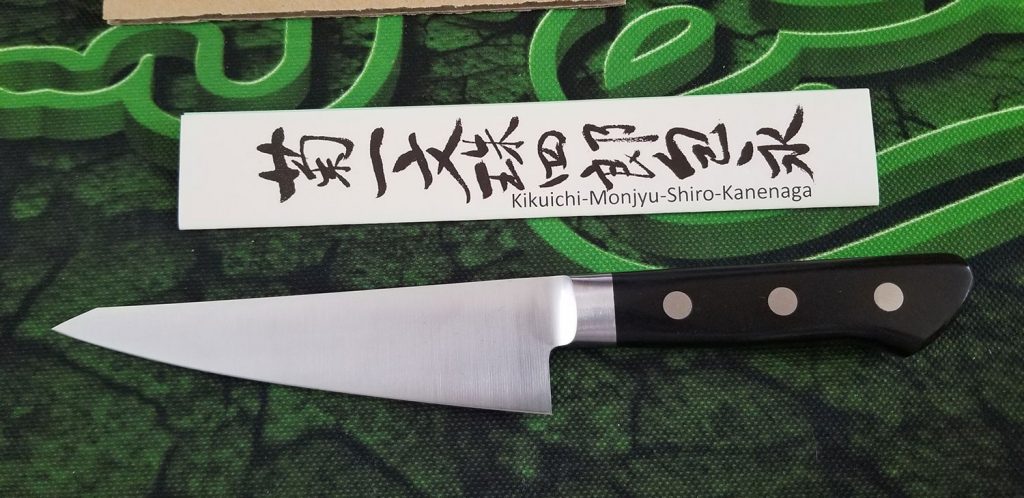Deboning Chicken
I’ve been watching many deboning videos and most of them have been about how to take apart a side of beef or dispatch a whole hog. For most of us, I think that the most common is taking apart a whole chicken. Get that oyster! I’ll get back to that. Taking apart a whole chicken is a dying art. Thanks to groceries, we now can find thighs, legs, breasts, and wings in pretty packages with as many pieces as we need. My thing is that the pack of 12 legs came from 12 different chickens and I strongly believe in using the whole animal.
For those of us who need to keep an eye on budget, you can still find whole chicken for sale at $0.99 per pound vs $2.99 for cut parts.
I have at least 2 traditional fillet knives and most people use them for deboning as well. I think the traditional fillet knife is a bit long to dispatch a chicken. They are great for fish but even for fish, I have better methods of cleaning them up. The reality is that any knife can be used to debone a chicken. Yan can do it with a cleaver.
For those of us who are not Martin Yan, I’ll go over one of the newest knives to the collection; the Honesuki.
Honesukis are boning knives specifically designed for parting out poultry. These knives are stiff and robust with pointed tips and a triangular profile. Honesukis are often single bevel knives so users should be aware of how to maintain knives with this type of grind. It is relatively small but has the right amount of blade when needed. The blade’s triangular shape gives you the ability for the small cuts and has a hefty heel when needed.
DISCLAIMER: For the Filipino moms reading. Do not use this knife to cut through bone. Stick to your cleaver.
Honesuki by Kikuchi
My newest knife comes from Kikuchi. Kikuchi is a great introduction to Japanese cooking knives. It has great durability and edge holding of Swedish Gold steel makes this is a real workhorse. The GS series is loved by professional chefs for its ability to stand up to the rigors of real kitchen work. This is one of our heavier lines and is preferred by many chefs who want the quality of a Japanese knife with the weight and design of a European blade. The blade steel contains 15% Chromium 1.5% Cobalt 1% Molybdenum which gives this knife the ability to withstand daily use and still hold a razor-sharp edge. More importantly, the Molybdenum doesn’t rust as fast.
Here’s a video of one of my favorite chefs, Chris Cosentino, on using the honesuki. If you’re still into boning chickens, I recommend getting yourself a honesuki.
There are many choices out there. Chris is using a Shun. Miyabi, Mac, and Kikuchi. When shopping via Amazon, I’d probably go Miyabi.
Oh, that oyster. Watch the video.



